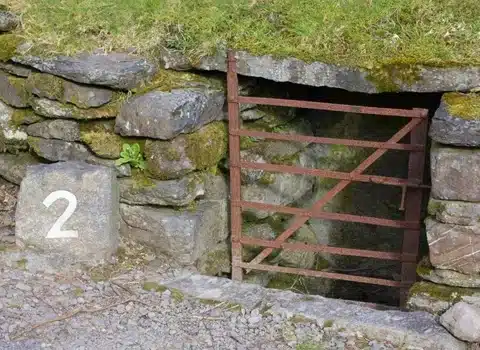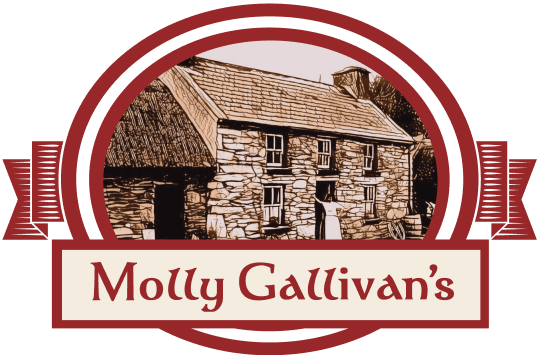Explore The Farm
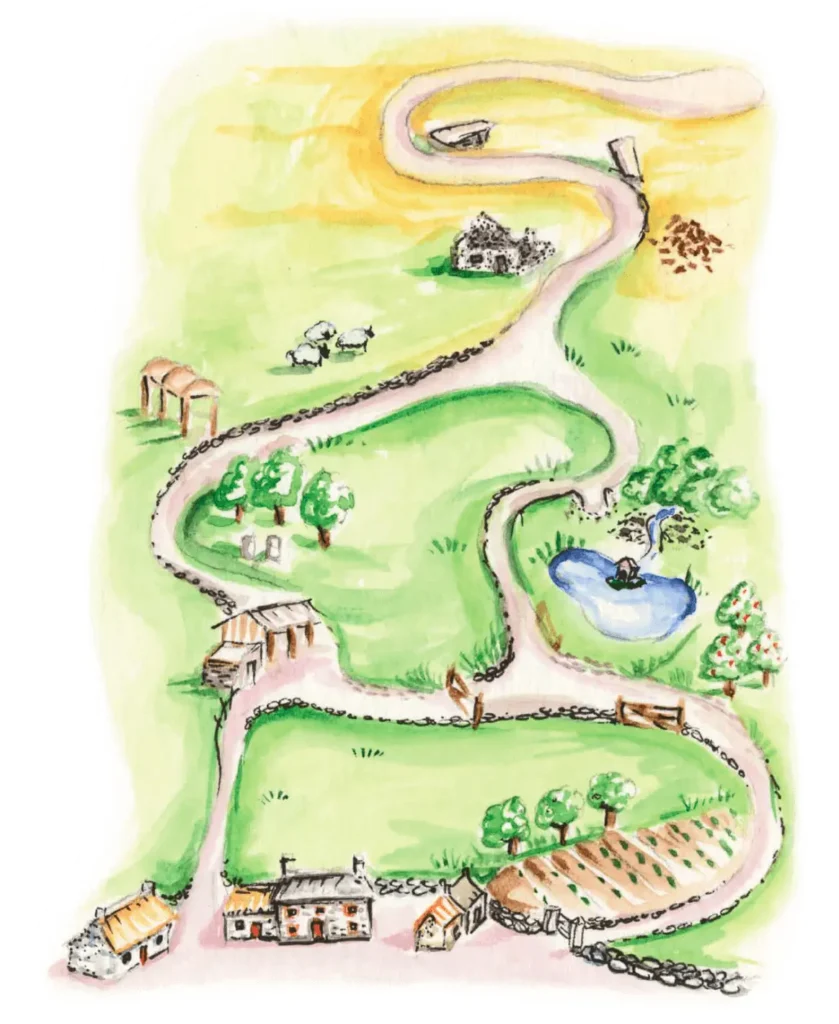
Molly's Cottage
The Farmyard
Poitín Still
Sheep House
Famine Ruin
Neolithic Stone Row
Neolithic Stone Row
Turf Bog
Oats & Barley Field
Oats Field
Duck Pond
The Orchard
Vegetable Garden
Well
Explore The Farm
A visit to Molly Gallivan’s really is a step back in time. Our traditional farm gives you a glimpse of how tenant farmers lived in times past. There is something to see around every corner, from crop fields and animals to ancient stones and traditional farm buildings. See a host of interesting artefacts along the way.
· Visit Molly’s poitín still, where she distilled Molly’s Mountain Dew
· Stand in the ghostly ruin of a famine cottage
· Meet the farm animals and wander by the duck pond
· Find out about traditional turf cutting at the farm bog
· Visit our 5,000 year old Neolithic Stone Row
Attractions & Locations
Molly's Cottage
Molly’s Cottage is over 200 years old! Today you can wonder around the cottage and see how Molly lived all those years ago.
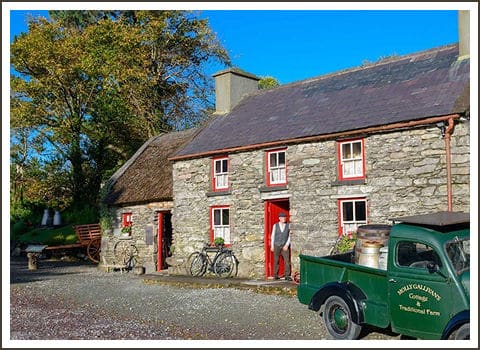
The Farmyard
Here you can find the cow house, stable, pig sty, hen house and hay shed.
This would have been the busiest place on the farm, where animals were housed and fed and cows milked, by hand, twice daily. There was activity here literally from cockcrow to sunset.
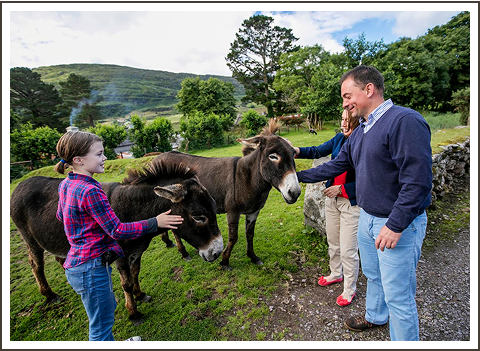
Poitín Still
Molly distilled her renowned home-made Poitin (whiskey) locally known as “Molly’s Mountain Dew”.
Potatoes or barley were first fermented with sugar and baker’s yeast in large barrels to give “the wash”. It was then heated over an open fire distilled through a “worm” or coiled copper pipe to give a clear but potent whiskey.
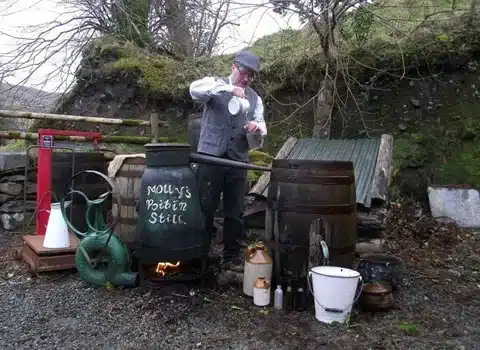
Sheep House
Sheep are well wrapped up against all weather conditions and rarely stay indoors. They would be brought here for shearing and in more recent times for dosing and dipping. After shearing Molly would have carded and spun the wool into yarn for knitting or weaving.
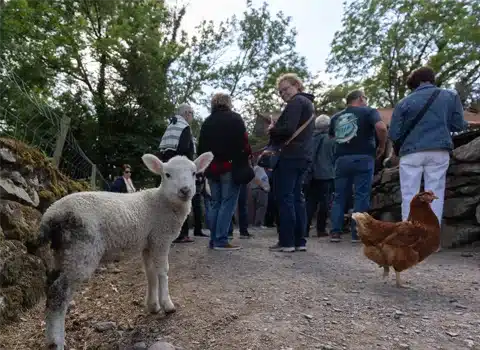
Famine Ruin
This ruin stands as a poignant reminder of the extreme poverty of many, forced to eke out an existence on very small and poor parcels of land. Potatoes were the staple diet and when the crop failed as a result of potato blight in the 1840s, starvation and death were the inevitable consequence.
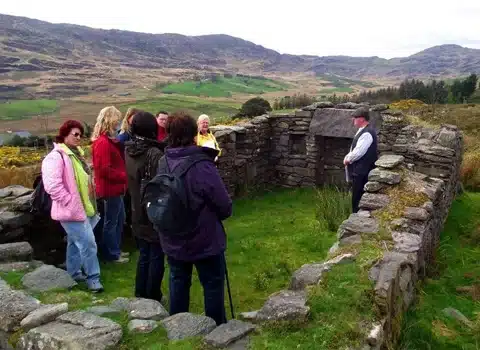
Neolithic Stone Row
This Neolithic Stone Row alignment consists of two large flag stones that were placed and propped into position some 4-5 thousand years ago. This very unique site gives us clues of the rituals and religious believers of our early ancestors. The stones are arranged to mark the sun rise position on the Summer Solstice (21st June).

Turf Bog
Peat or turf was a primary source of fuel for the fire. In spring the wet peat was cut and laid on the ground to dry. When it had dried sufficiently to handle, it was stacked up in “stokes” so that the wind and sun could dry it completely. It provides excellent firing with a distinctive aroma.
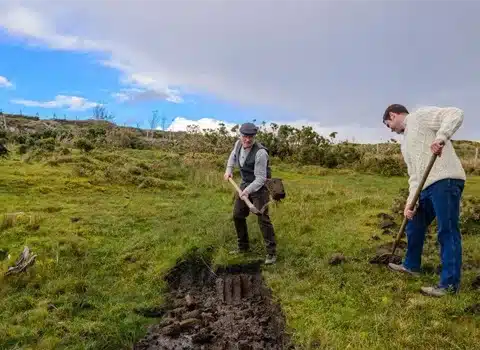
Lime Kiln
Burned limestone was used not only as fertiliser but also for a variety of purposes such as making mortar (cement) or “whitewash” for painting. The nearest source of limestone is Kilgarvan, some twelve miles away.

Oats & Barley Field
Oats was grown as fodder for the horse and donkey, while barley was milled into flour for baking, or in Molly’s case provided the raw material for her home-made whiskey. The straw was used as bedding for the livestock and as thatch for roofing houses.
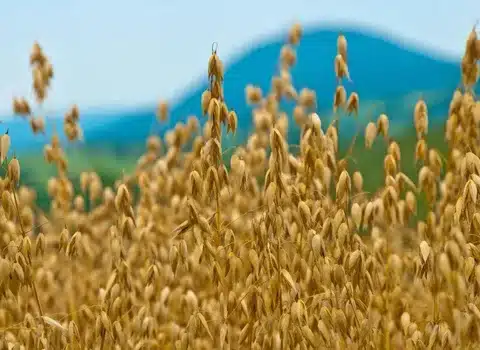
Duck Pond
Apart from being a haven for the ducks and geese the pond would also have provided water for washing clothes in the days before washing machines or even running water.
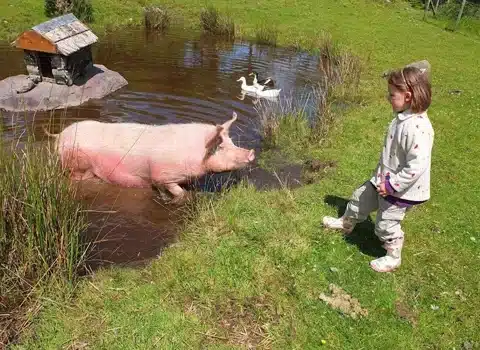
The Orchard
The orchard was a source of fresh fruit for eating and a key ingredient for Molly’s home made jams and tarts. Apples, gooseberries and blackcurrants were among the most popular fruits.
The orchard was also a choice spot to keep the beehives.
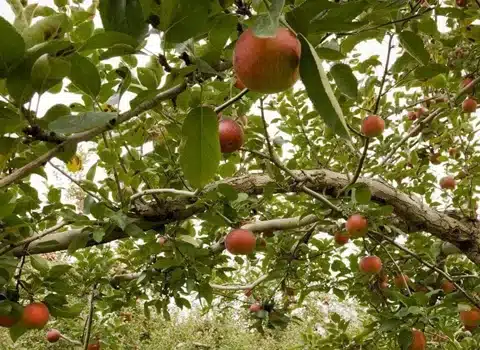
The Garden
The garden provided most of the food for the house, potatoes and an array of vegetables were planted in mid to late Spring. In Molly’s day the garden could have been extended up to an acre.
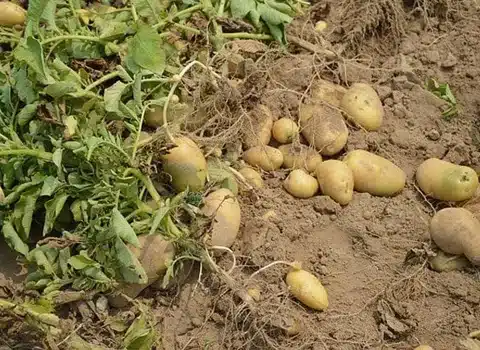
The Well
A reliable and convenient source of fresh spring water for drinking and cooking was essential for any house.
